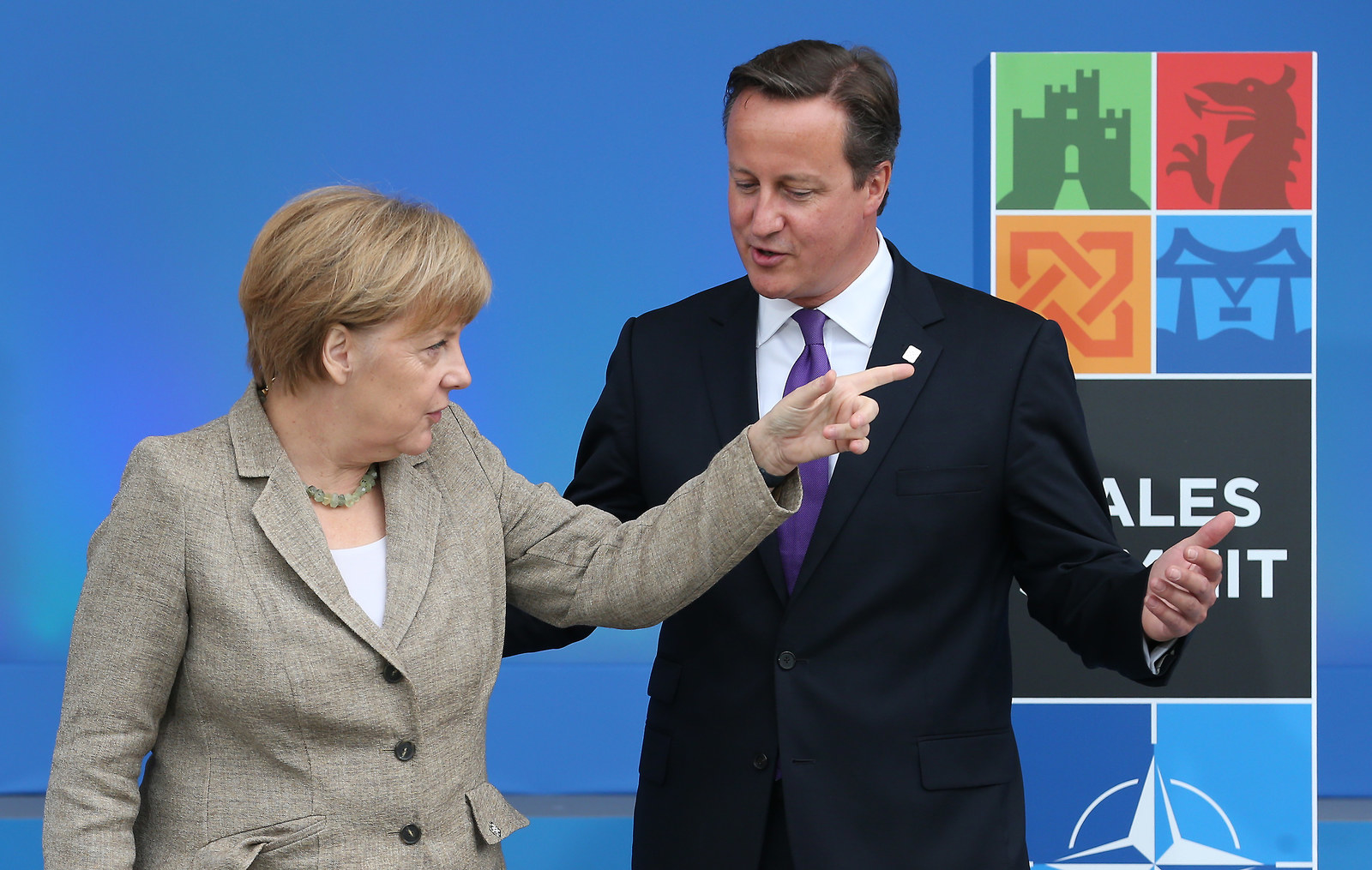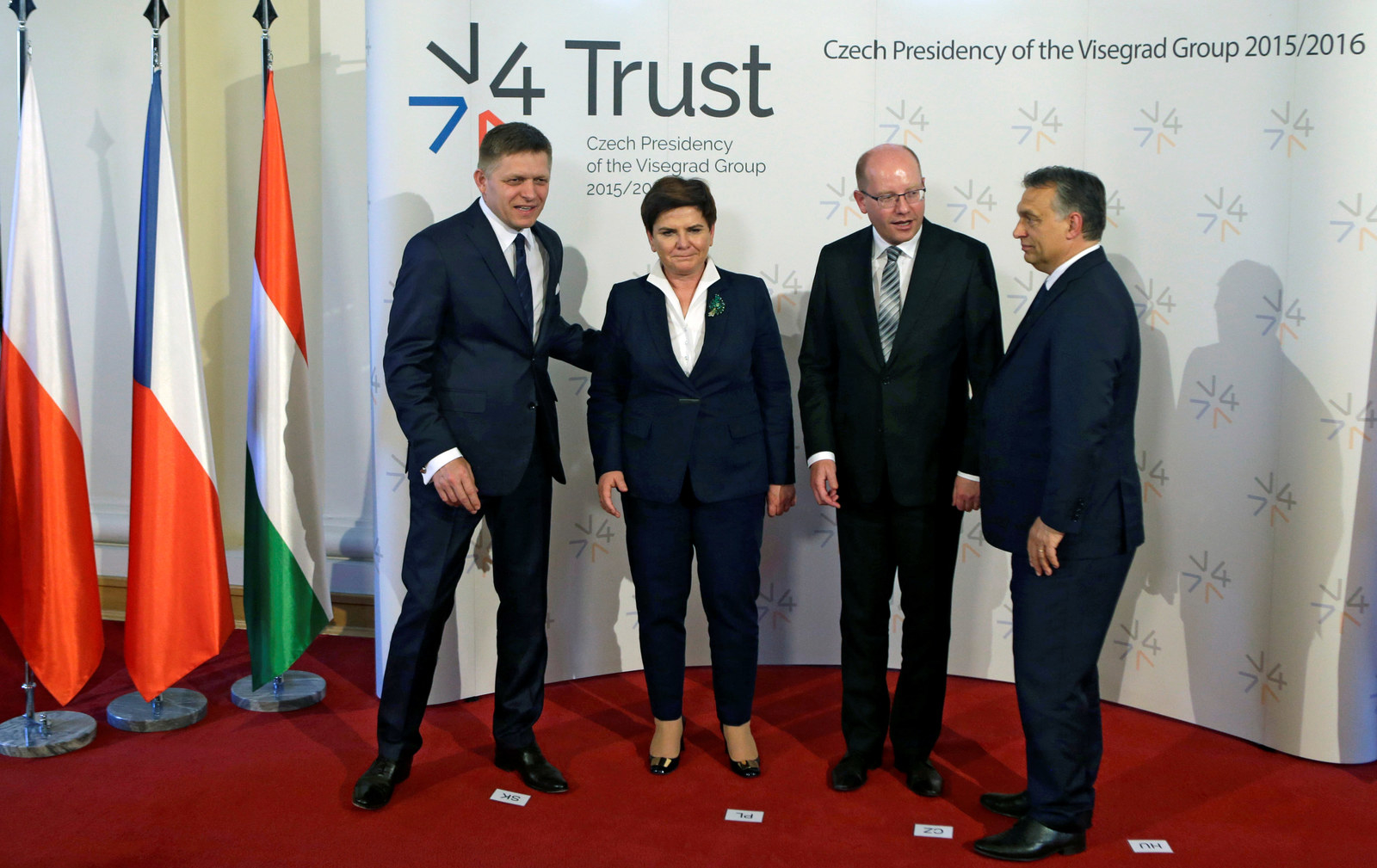The UK has voted to leave the European Union. But what will that actually look like?

The UK will need to negotiate first the terms of withdrawing from the EU, and then a new trading arrangement with the remaining 27 EU member states. These are two separate deals. This much everyone agrees.

But once you start looking into the details, nobody really knows how leaving the EU will actually work in practice.
There is no precedent. No fully fledged member state has left the EU before. Moreover, the Leave camp has not presented a plan outlining what alternative relationship to EU membership it wants.
Nevertheless, there is a framework, and a process, through which these negotiations would take place.
There would be three main aspects following a Brexit vote: disengaging from the union, implementing a set of negotiated terms of withdrawal, and agreeing a new trading relationship.
The place to start would be article 50 of the Treaty of the European Union.
It says:
1. Any Member State may decide to withdraw from the Union in accordance with its own constitutional requirements.2. A Member State which decides to withdraw shall notify the European Council of its intention. In the light of the guidelines provided by the European Council, the Union shall negotiate and conclude an agreement with that State, setting out the arrangements for its withdrawal, taking account of the framework for its future relationship with the Union. That agreement shall be negotiated in accordance with Article 218(3) of the Treaty on the Functioning of the European Union. It shall be concluded on behalf of the Union by the Council, acting by a qualified majority, after obtaining the consent of the European Parliament.
3. The Treaties shall cease to apply to the State in question from the date of entry into force of the withdrawal agreement or, failing that, two years after the notification referred to in paragraph 2, unless the European Council, in agreement with the Member State concerned, unanimously decides to extend this period.
4. For the purposes of paragraphs 2 and 3, the member of the European Council or of the Council representing the withdrawing Member State shall not participate in the discussions of the European Council or Council or in decisions concerning it.
A qualified majority shall be defined in accordance with Article 238(3)(b) of the Treaty on the Functioning of the European Union.
5. If a State which has withdrawn from the Union asks to rejoin, its request shall be subject to the procedure referred to in Article 49.
In more straightforward language, these are the key points:
– Unless all member states have agreed otherwise, an agreement must be reached within two years, because, deal or no deal, the UK would be out of the EU 24 months from when the article 50 button is pushed – and all treaty provisions and EU-related rules and programmes would cease.
– The UK would not negotiate directly with member states. Europe’s governments would meet among themselves and set their terms. Technical negotiations would be between the British government and the European Commission acting on the basis of EU governments’ mandate.
– The EU’s heads of state/government do not need to unanimously agree the terms of withdrawal. A qualified majority (at least 20 out of 27 member states representing 65% of their populations) is sufficient.
– If, in future, Britain wanted to rejoin the EU it would need to go through the same process as any new candidate country.

But agreeing terms of disengagement is just the first step. It is separate from both a new trading relationship, and, of course, implementing whatever the contents of the withdrawal deal are.
The EU is deeply woven into UK law and Britain’s economy, integrated within institutions, environmental policies, labour regulations, the standards of goods and services, security, development funds, single market rules, and so on. It is a long list. David Allen Green explains in the Financial Times:
"Over 40 years of law-making — tens of thousands of legal instruments — will have to be unpicked and either placed on some fresh basis or discarded with thought as to the consequences. The UK government has depended since 1972 — indeed it has over-depended — on it being easy to implement law derived from the EU. The task of repeal and replacement will take years to complete."
Technically, the UK does not have to trigger article 50 to leave the EU. A British government could unilaterally withdraw by repealing the 1972 European Communities Act but, although legally doable, this would be politically and economically unwise. It would damage any chance of an advantageous trade deal, piss off every EU head of government, and mean no transition period. It is therefore very unlikely that Brexit would happen via this more chaotic route.

Only after article 50 has been triggered will talks around the future relationship between the UK and the EU begin.
Broadly speaking, there are three realistic alternatives to EU membership. The so called “Norway model” involving European Economic Area (EEA) membership, a bilateral free trade agreement (FTA), or trading through World Trade Organisation (WTO) membership.
An arrangement similar to the one Norway enjoys would keep Britain out of some EU policy areas (such as fisheries and farming), but give it access to the single market through the EEA. Because the UK would have to follow single market laws and many EU rules, the withdrawal process would be less complicated and many parts of UK legislation would remain as they are. But Britain wouldn’t have a vote on future rules that the EU sets, would have to make payments into the EU budget, and accept the free movement of labour. The government would need to also negotiate entry to the European Free Trade Association.
A second option would be an FTA. For example, this would be similar to the arrangement the EU has with Canada. It would provide tariff-free trade on some goods (but there would most probably be tariffs on others). Access to the single market would be limited, but Britain wouldn’t pay into the EU budget and wouldn’t have to accept the free movement of labour. The Canadian deal took seven years to reach, and a UK arrangement would take a similar amount of time.
Instead of 7 years of political limbo & uncertainty, we can have fast implementation of #UKinEU settlement in less than 1 year
Any Norway-style deal, or FTA, would require unanimity among all EU member states (and, possibly, would need to be ratified by national parliaments). This would make negotiations more complicated than the terms of withdrawal because in these talks any country would be able to block the process.
The third option, the WTO, would remove the hassle of negotiations. However, it would mean higher tariffs on more goods and services than an FTA. For example, car exports would face the EU’s common external tariff of 10%. This settlement would, however, mean that a UK government could scrap more EU-influenced rules than the other alternatives.
And there is more...
Alongside whatever relationship everyone goes for, a UK government would most probably need to replace the EU’s 53 free trade pacts with non-EU nations with agreements of its own.
On top of all this, each EU government will have it own political considerations to take into account. These will be driven by domestic public opinion, upcoming general elections, and a steadfast determination to stop any contagion from the UK's referendum. The shape and substance of any deal would depend not only on what Britain wants. Europe's leaders, and the EU's institutions, were quick off the blocks on Friday to say that they wanted article 50 to be triggered swiftly. However, David Cameron's resignation means that the timing of the decision will most probably need to wait for a successor to be in place.
In parallel, the EU will need to sort out its own house in a post-Brexit world – from things like recalculating the allocation of seats in the European parliament, committee places, commission roles, and decision-making mechanisms to EU-wide programmes, budget contributions (some countries would likely go from being net recipients to net contributors), and development funding.
